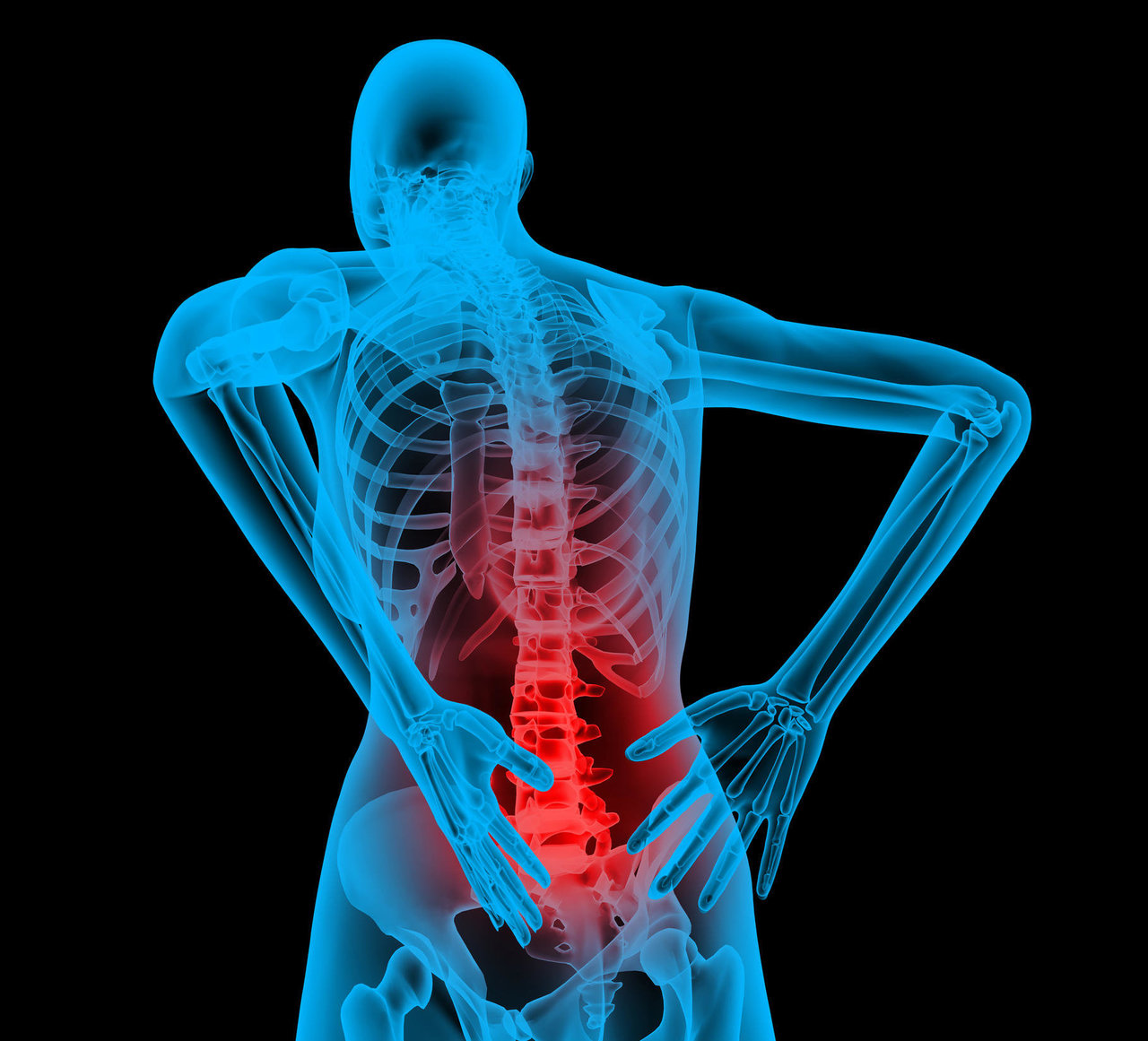
When we’re young, our parents tell us constantly to “stand up straight.” Did they simply want us to look our best, or did they know more about the effects of posture than we give them credit for? Turns out, our parents were right — whether they knew it or not, posture affects our long-term health in both good and bad ways.
Did you know that how you hold your body while you sit, stand, walk, run, and sleep affects your spine, your muscles, your joints, and other body systems? Posture impacts the way we breathe and digest food. It affects lung capacity. Your posture can positively or negatively impact your balance, flexibility, and even your mood.
The infographic below, The Straight-Up Facts About Good Posture, lists numerous benefits that derive from maintaining the proper posture. It also presents the costs associated with bad posture. Poor posture causes pain, particularly in the lower back. Back pain accounts for many lost hours and days of work productivity, is associated with high healthcare costs, and can lead to disability, which heavily impacts families and businesses.
The goal is to improve our posture to help prevent problems and stay as healthy as possible so we can continue working, playing, and enjoying life — pain-free — for years to come. The infographic tells us how to achieve the proper posture when sitting, standing, walking, running, and sleeping. We understand that it isn’t always easy to maintain the proper posture at all times — we get distracted, we’re tired so we slouch, etc. So, what can you do to improve your posture?
According to MedlinePlus, a service of the National Library of Medicine (NLM) and part of the National Institutes of Health, you can improve your posture by:
- Paying attention to your posture during everyday activities like watching TV, doing housework or walking
- Staying active; good posture exercises include yoga, tai chi and other types of movement that focus on body awareness
- Maintaining a healthy weight to help strengthen abdominal muscles, prevent pelvis and spine problems, and reduce lower back pain
- Wearing comfortable, low-heeled shoes; high heels force you to walk differently which harms posture and can throw you off balance
- Ensuring that all work surfaces, computer, and keyboard are at the optimal working height for your body
Begin your posture improvement regimen today. Try to stay mindful of your body alignment when you sit, drive work, and move. With a little practice, checking and fixing your posture will become second nature!
This infographic was created by Metro Physical & Aquatic Therapy

